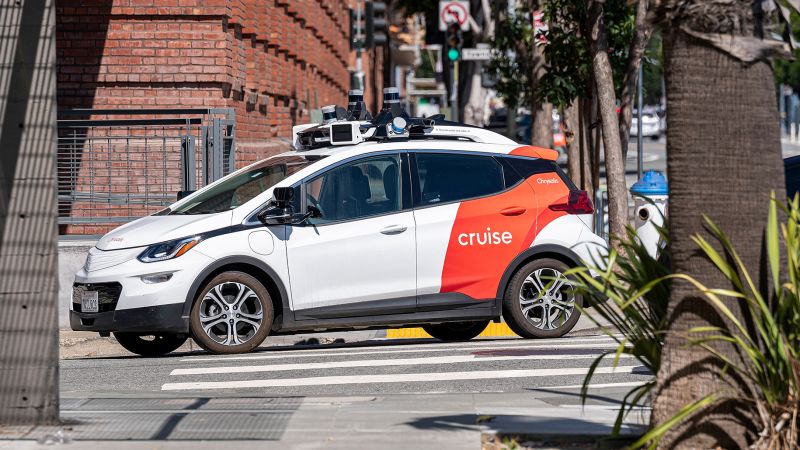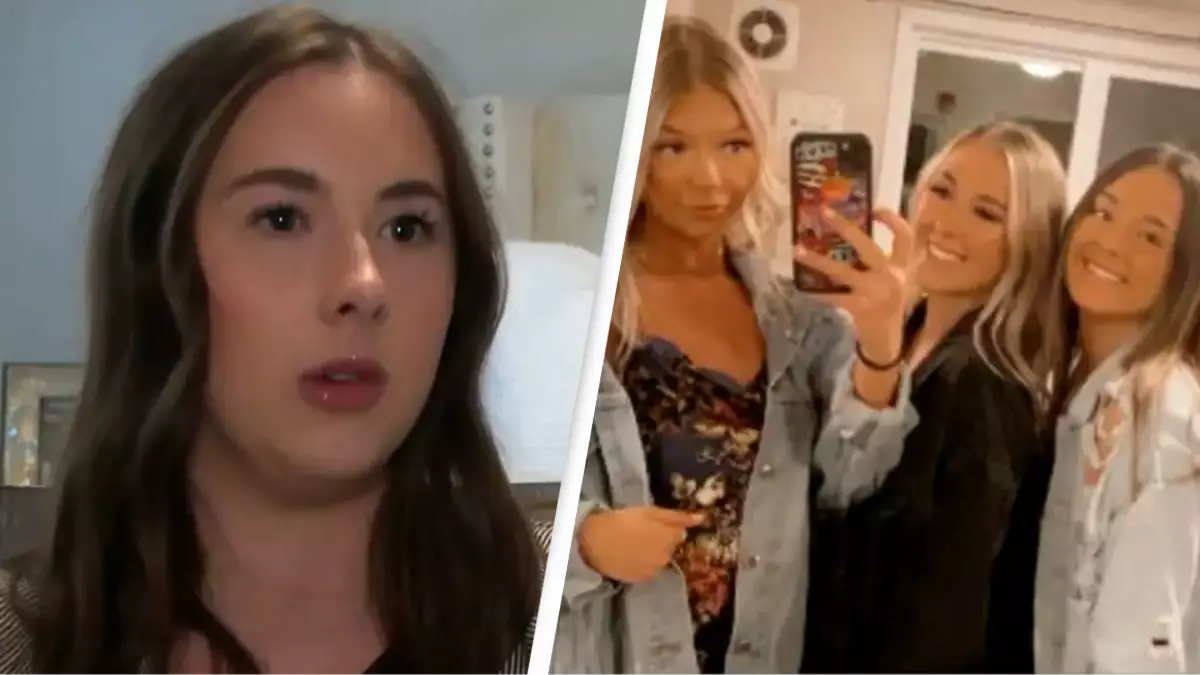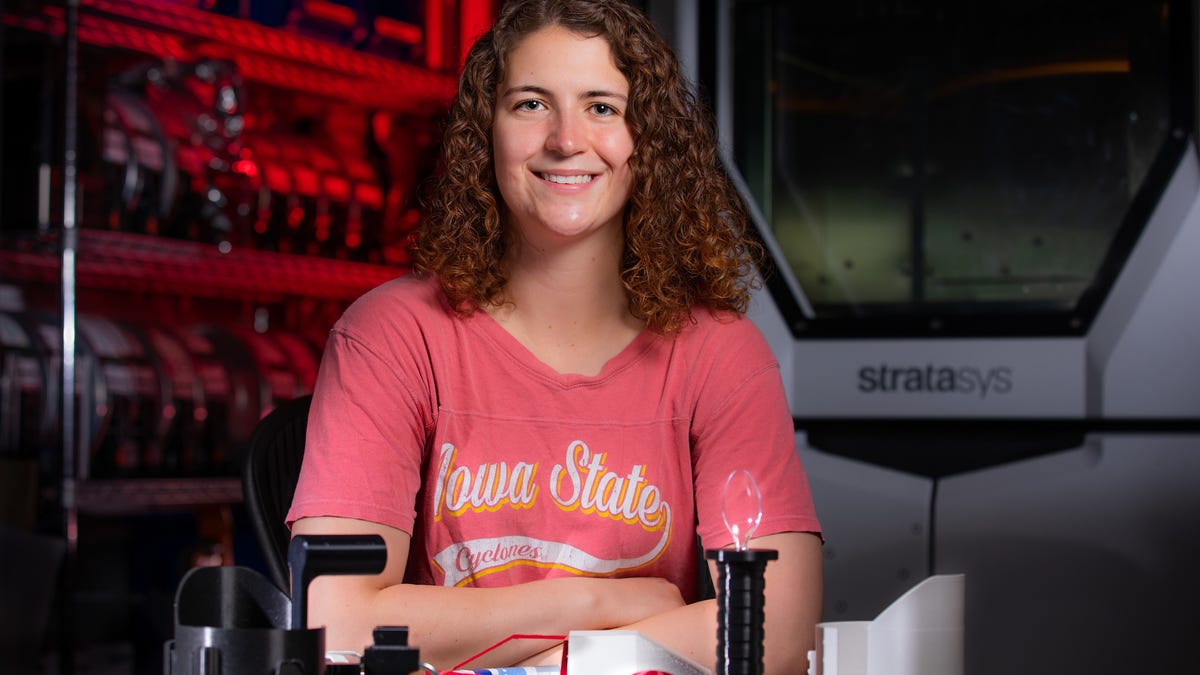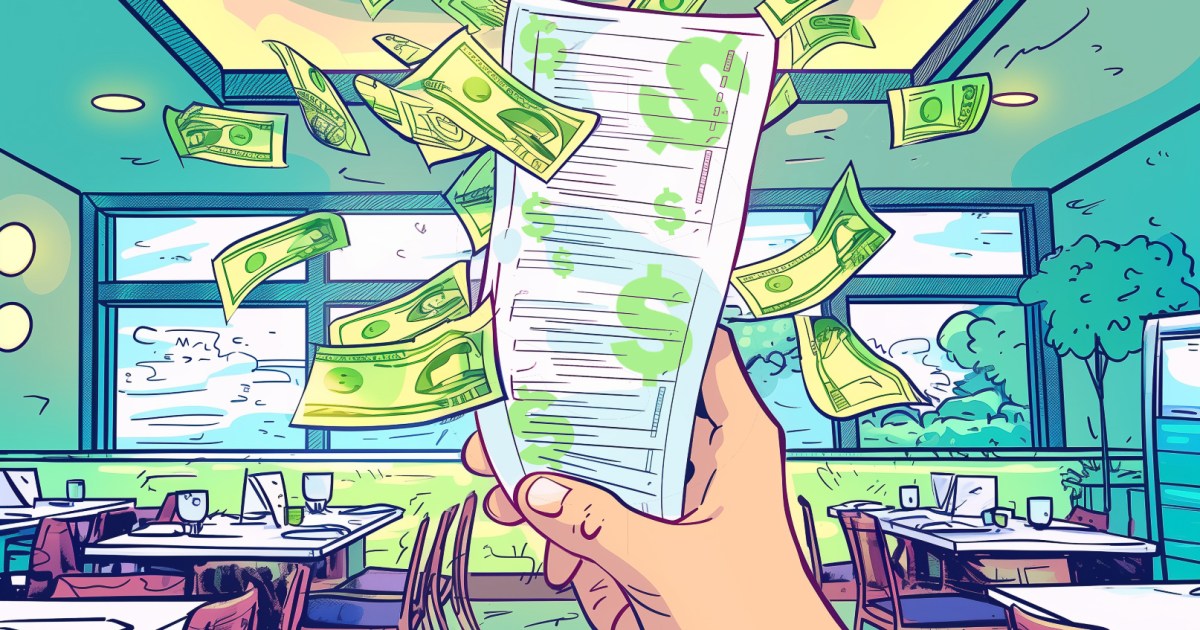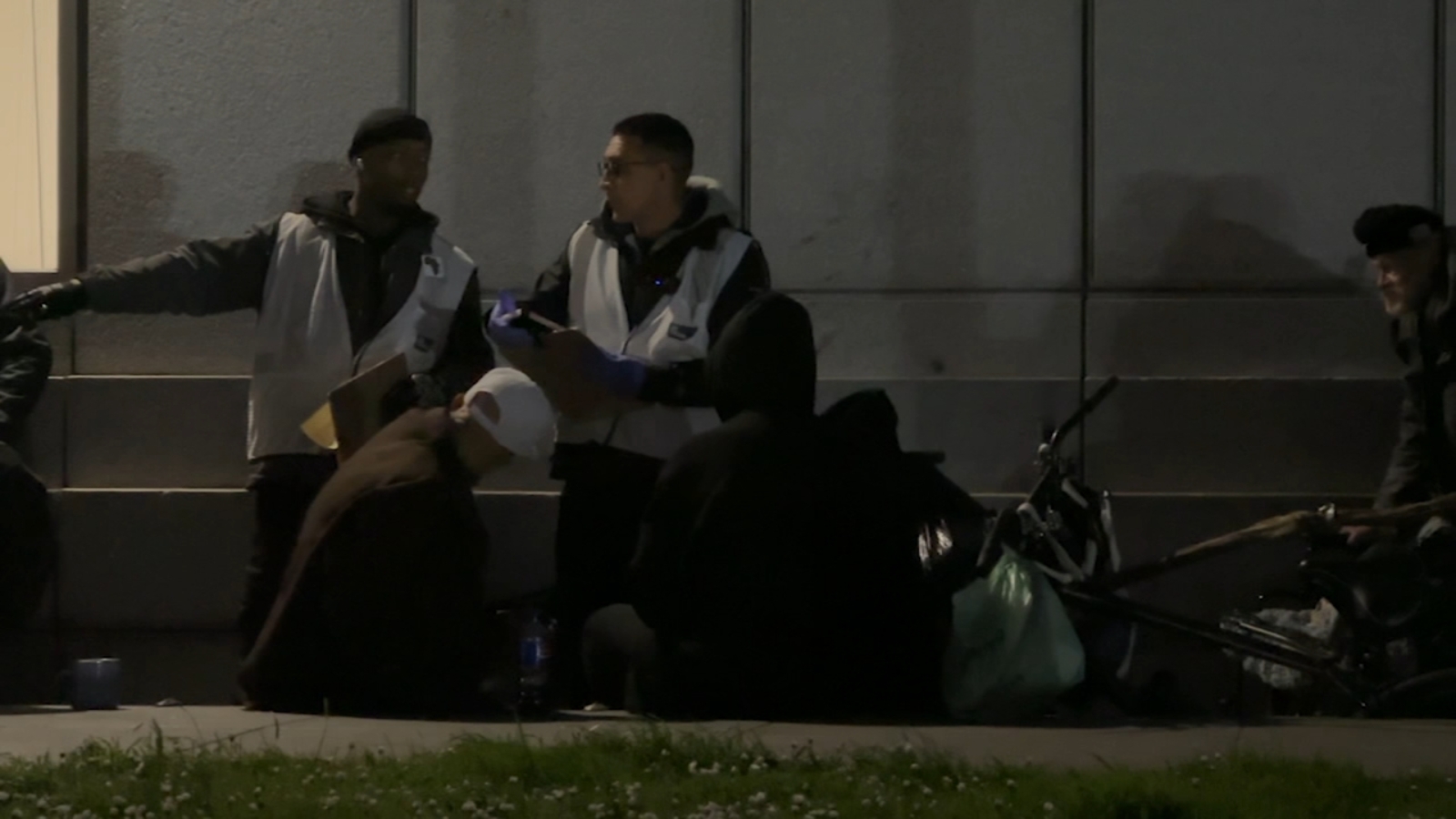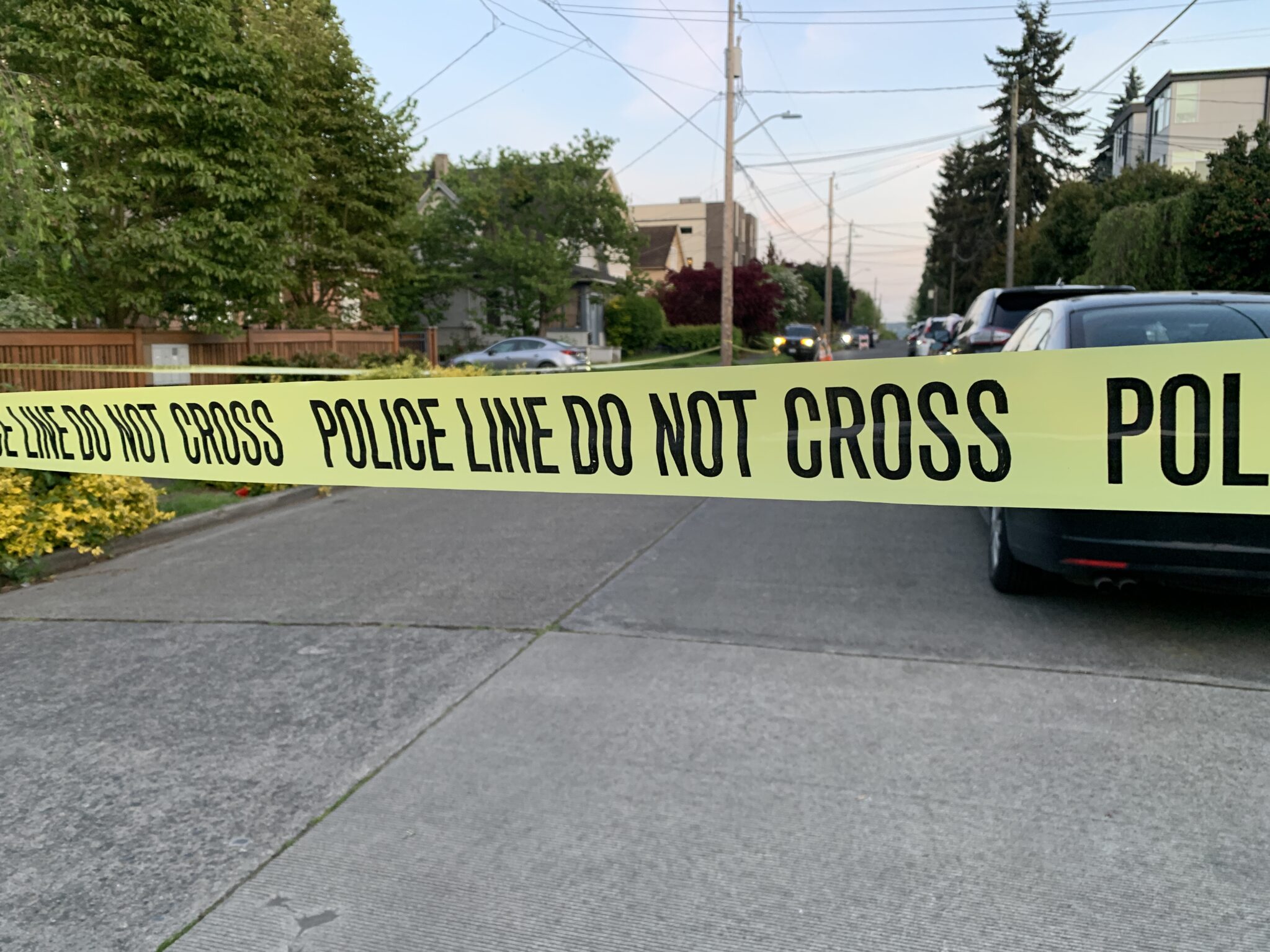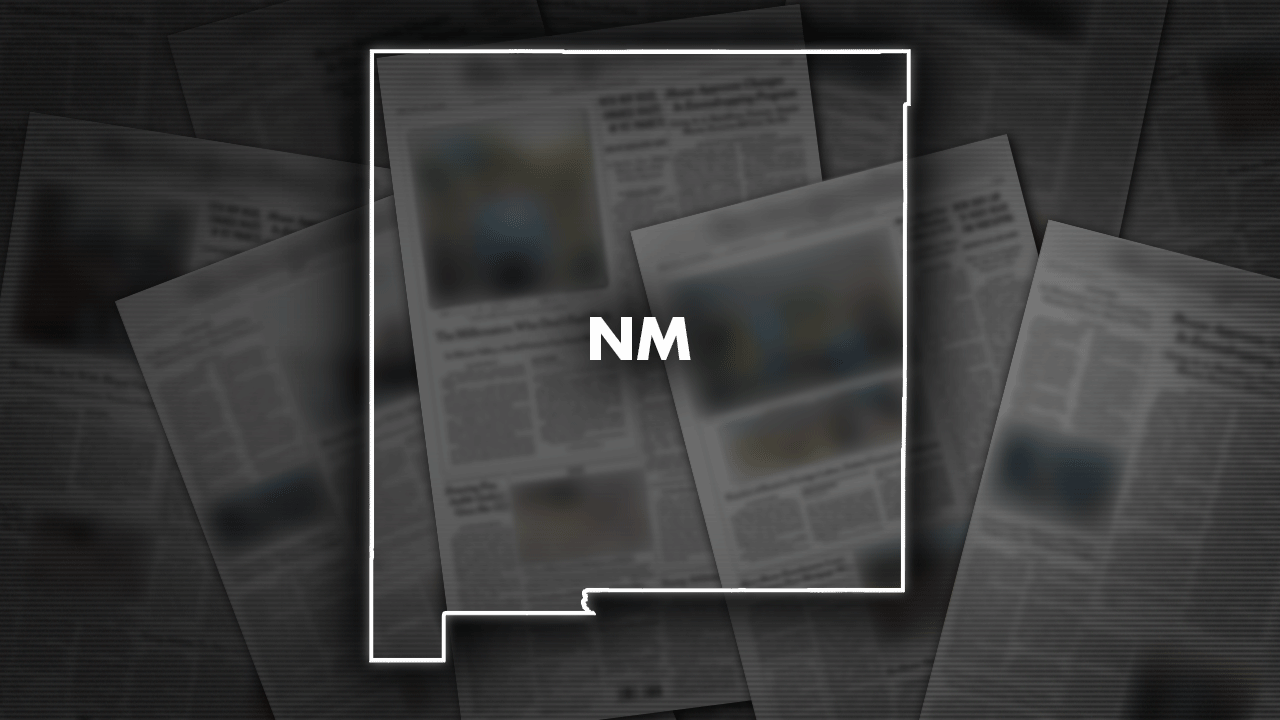New York
CNN
—
San Francisco residents were caught off guard this weekend after Cruise self-driving cars caused a traffic jam, according to social media posts. The obstruction came a few days after California regulators approved robotaxi companies to operate their driverless cars 24/7 throughout the city.
Videos posted on X, formerly known as Twitter, show at least 10 Cruise vehicles not moving with their hazard lights blinking in the city’s North Beach neighborhood, near where the Outside Lands music festival was happening. One account, FriscoLive415, said the incident was a “complete meltdown.”
Witnesses told CNN affiliate KPIX-TV that the driverless cars were blocking intersections Friday evening for about 15 minutes, causing concern that driverless cars could impede emergency vehicles from accessing the area.
Cruise responded on X, writing that the music festival “posed wireless bandwidth constraints causing delayed connectivity to our vehicles.” The company added that it’s “actively investigating and working on solutions to prevent this from happening again.”
“We apologize to those who were impacted,” Cruise said.
Cruise didn’t immediately respond to a CNN request for comment.
The company recently posted on X that its vehicles had surpassed four million driverless miles, and the company is now exceeding one million driverless miles per month.
“They’re deploying hundreds of cars on our streets. They should take a timeout and a pause, until they perfect this technology,” Aaron Peskin, the President of San Francisco’s Board of Supervisors, told KPIX-TV. He represents North Beach on the board.
Peskin also told the Los Angeles Times that he’s concerned about an emergency if this happens again. “Our houses in North Beach are made of sticks,” he told the newspaper. He added that he’s pursuing “every means” to have the state’s decision reversed and might seek a court injunction.
The incident came a day after the the California Public Utilities Commission (CPUC), which regulates self-driving cars in the state, voted 3-to-1 in favor of Waymo and Cruise expanding their operations. That means residents and visitors to San Francisco will be able to pay a fare to ride in a driverless taxi, ushering in new automated competition to cab and ridehail drivers.
Cruise spokesperson Drew Pusateri previously told CNN that the 24/7 driverless service is a “historic industry milestone” that puts Cruise “in a position to compete with traditional ridehail, and challenge an unsafe, inaccessible transportation status quo.”
Despite the state’s approval, local officials also expressed their dissent.
The San Francisco Police Officers Association, San Francisco Deputy Sheriffs’ Association and the San Francisco Fire Fighters Local 798 all wrote letters to the CPUC expressing concerns that autonomous vehicles could impede emergency responders.
“The time that it takes for an officer or any other public safety employee to try and interact with an autonomous vehicle is frustrating in the best-case scenario, but when they can not comprehend our demands to move to the side of the roadway and are stopped in the middle of the roadway blocking emergency response units, then it rises to another level of danger,” wrote Tracy McCray, President of the San Francisco Police Officers Association, “and that is unacceptable.”
The San Francisco Fire Department has recorded 55 incidents of driverless vehicles interfering with their emergency responses in 2023 as of last week, the department confirmed to CNN.

